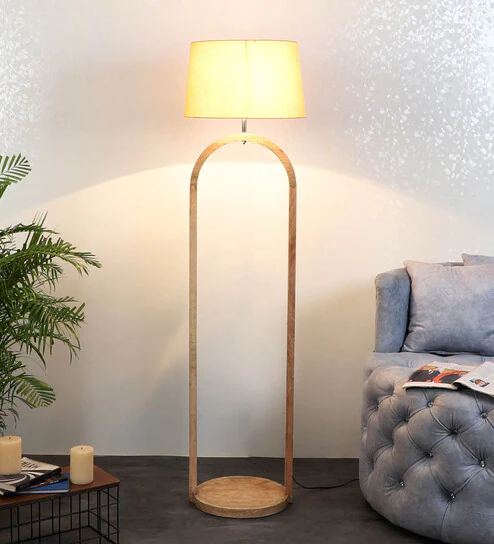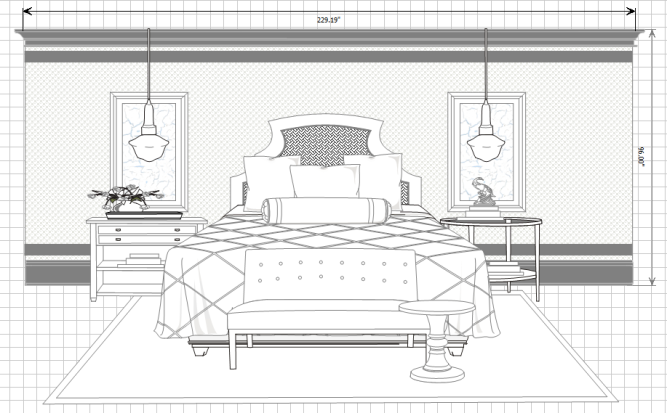Common Household Plumbing Problems and How to Fix Them
Every home experiences plumbing problems from time to time. Usually, these issues require simple solutions that you can do yourself.
A clogged drain, leaking pipe or running toilet can be quite annoying and can also lead to serious problems in the future. Understanding some of the most common household plumbing problems and how to fix them can save you time and money.
Clogged Drains
Clogged drains are a common plumbing problem and can be quite frustrating. If left unattended, clogged pipes can cause serious problems and lead to water damage, so it’s important to address them as soon as possible.
Often, a plunger or chemical drain cleaner can help dislodge a blockage and resolve the issue. For more stubborn clogs, you may need to use a plumber’s snake or auger.
One DIY option is to pour a combination of baking soda and vinegar down the drain. The chemical reaction should create enough pressure to break up and remove the clog.
Another preventive measure is to remove hair from drains before it gets a chance to clog them. You can also keep drains clean by using a drain stopper or strainer and by regularly running hot water down the drain to flush the pipes. Regular inspections and maintenance can also help reduce the risk of clogged drains. Consider adding a water softener to your home to help eliminate the buildup of minerals in the pipes.
Leaky Faucets
Dripping faucets are more than just annoying; they waste water and increase your utility bill. In fact, one drip per second can add up to 2,600 gallons of water wasted each year. Fortunately, many dripping faucets can be repaired without the need for a plumber.
Start by shutting off the water supply to the sink. If you don’t have a stop valve under the sink, you can turn off the main water valve in your home.
Next, remove the faucet handle and packing nut. Be careful when removing the handle, as it may be stuck and require some force to remove. Once the handle is removed, you can access the washer and O-ring to replace it. You will also need to replace the valve seat washer and cam washer, if necessary. You can find these parts at most hardware stores, but it’s a good idea to bring your old ones in for comparison so you can buy the right replacements.
Running Toilets
A constantly running toilet wastes water and can drive you crazy with its irritating sound. It also costs money and can cause water damage to your home.
Toilets work with mechanical components such as flappers and floats, and these parts can wear out over time. If a flapper becomes warped or worn out, it can prevent the tank from shutting off when you flush the toilet. If a float is out of balance, it will prevent the tank from filling up to the overflow tube.
Fixing these issues isn’t always easy, but it can save you a lot of money and frustration. If you’re comfortable working on plumbing, a few simple steps can usually solve the problem. You can start by turning off the water supply to your toilet by turning the knob behind it clockwise until you hear the water stop running. After that, you can replace the flapper or float to get your toilet back in working order.
Water Heater Issues
The plumbing system in your home is an impressive accomplishment, but it will inevitably face issues. Some problems require the expertise of a professional, but many can be solved with common household items or a little DIY troubleshooting. Keeping a few crucial tips in mind can help you recognize and fix some of the most common household plumbing problems.
Clogged drains often occur from hair, soap scum and other debris that accumulates in the pipes over time. Using a plunger or a drain snake can typically clear these problems, but severe clogs may require a professional plumber. Low water pressure is a common problem that can make it difficult to rinse dishes or take a shower, but it can usually be corrected by addressing underlying causes such as blocked pipes or a high water usage. Always remember to shut off the main water supply before starting a DIY project and wear protective clothing, as some plumbing work can be messy.











